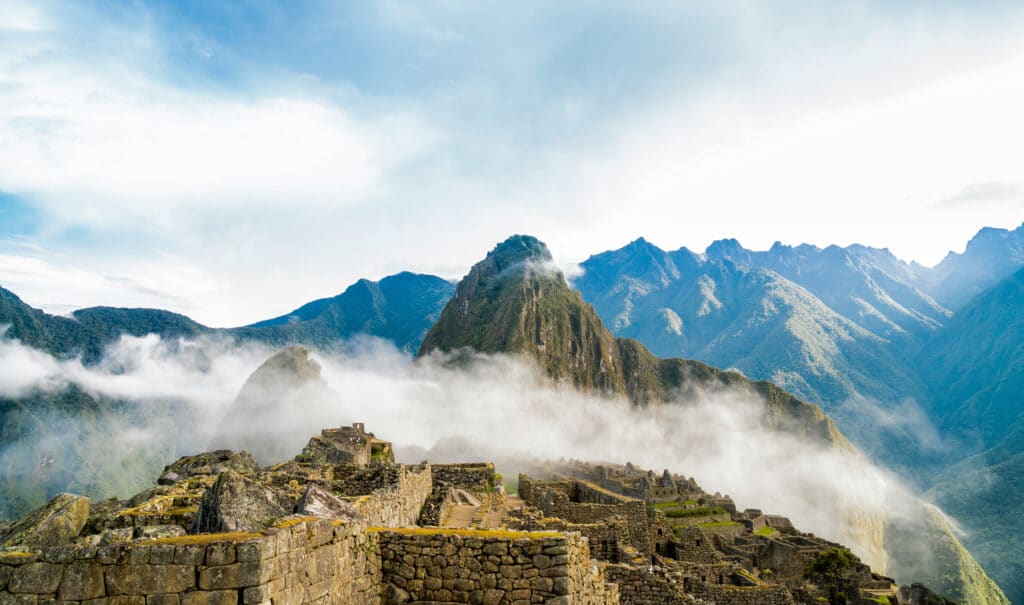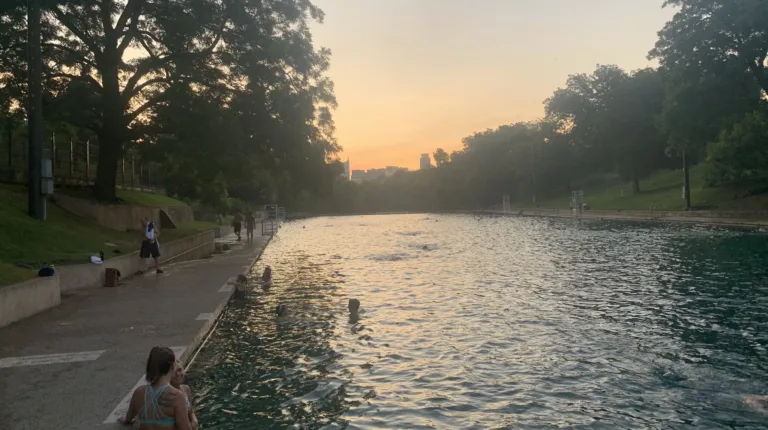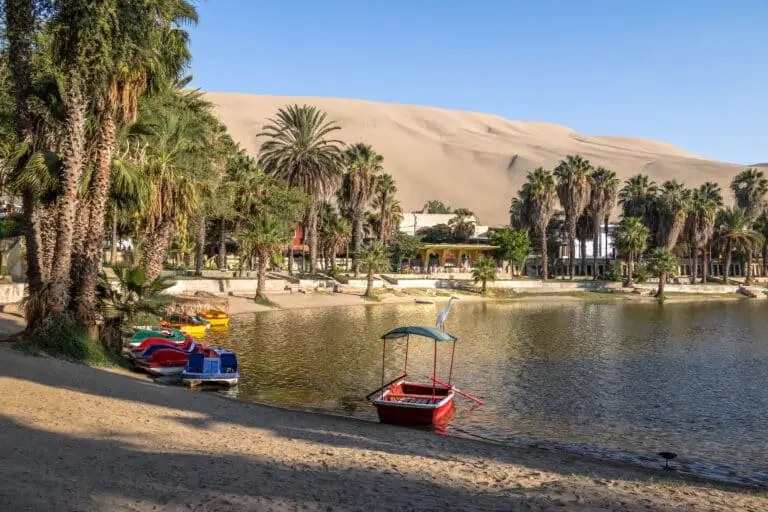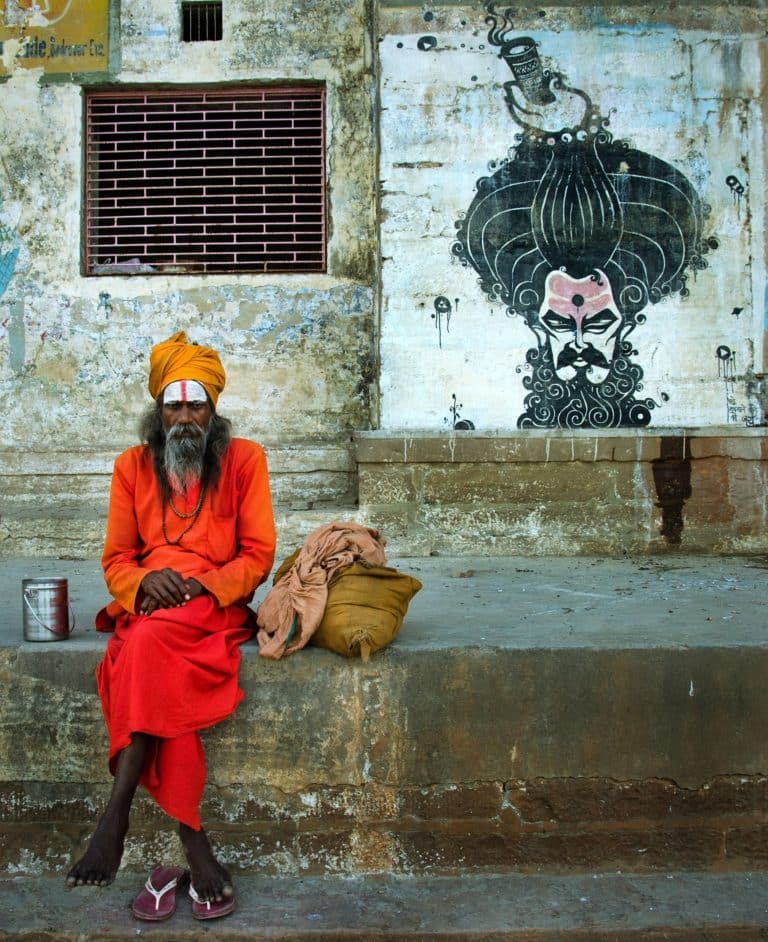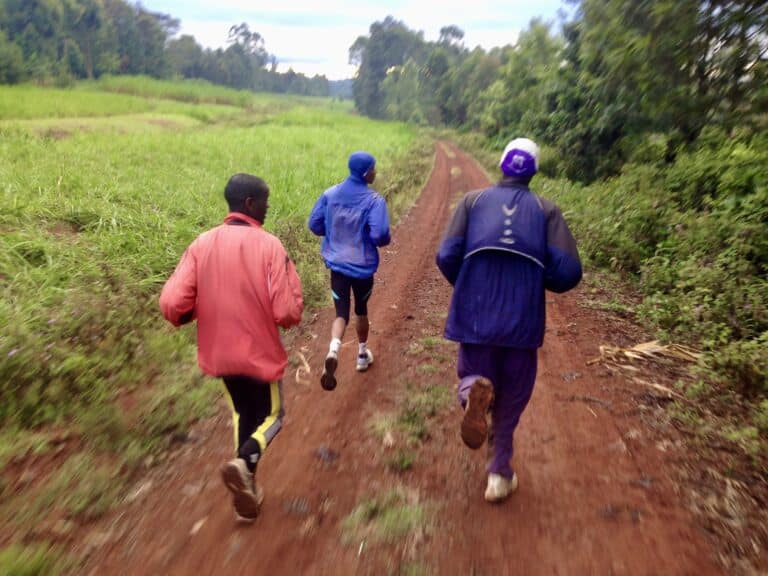Machu Picchu, the 15th-century Inca citadel often called the “Lost City of the Incas,” is accessible mainly through two routes. First, by train, offering a comfortable journey with spectacular views. Second, by trekking the Inca Trail, a more adventurous path that traces the steps of ancient Incas. Both options provide unique experiences for the thousands of visitors eager to explore one of the world’s most mysterious archaeological sites. Your decision on how to visit Machu Picchu will come down to the time & personal travel tastes.
The UNESCO World Heritage Site is perched high above the Urubamba River valley in the Andes Mountains of Peru. The site is a masterpiece of engineering and architecture, blending seamlessly with the natural landscape. It includes over 150 buildings, ranging from temples and sanctuaries to baths and houses, connected by a network of pathways and steps. Highlights include the Intihuatana stone, believed to have been an astronomical clock, and the Temple of the Sun, offering breathtaking views of the surrounding mountains. The mysterious beauty of Machu Picchu and its historical significance make it a must-visit destination.
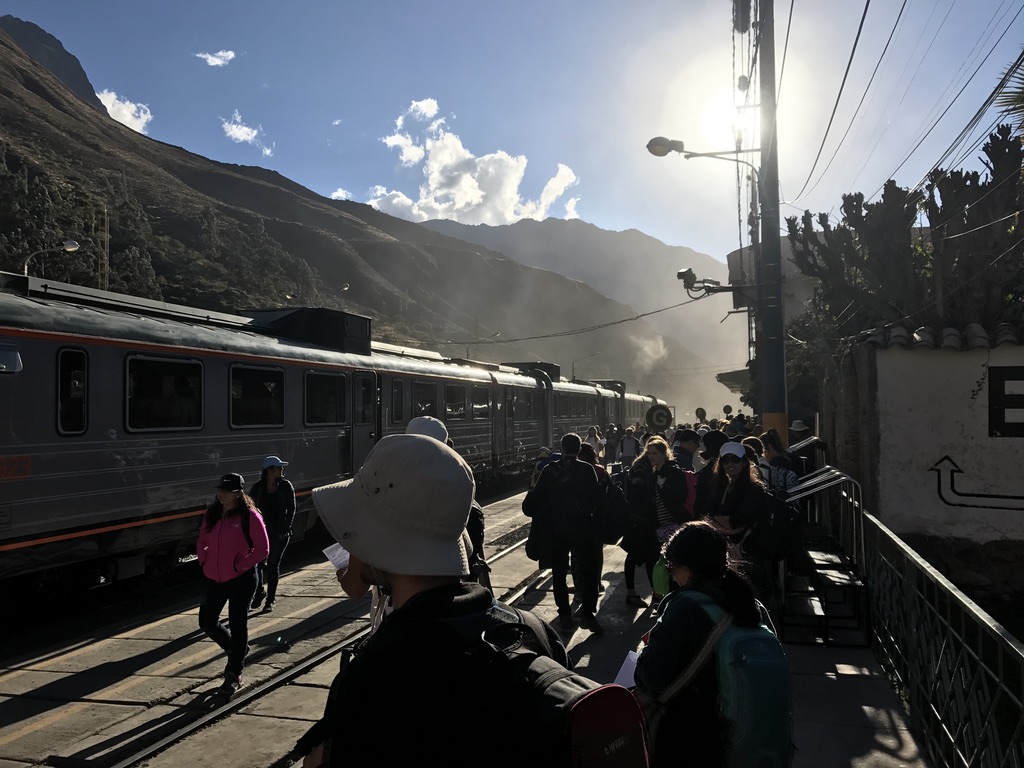
How to visit Machu Picchu by train & bus
Embarking on the train journey from Cuzco to Aguas Calientes is an experience that tantalizes the senses. As the train snakes through the Sacred Valley, passengers are treated to a cinematic display of the Andean landscape. Verdant, terraced hillsides give way to the rugged, snow-capped peaks that pierce the sky. The Urubamba River accompanies the route, its waters a shimmering ribbon contrasting the valley’s earthy tones.
Upon arrival in Aguas Calientes, one typically stays overnight in one of the many local establishments. Well before dawn the next morning, you’ll board buses ascending the winding mountain road to Machu Picchu. Though short, this final leg of the journey is steeped in a sense of adventure. As the bus climbs, each turn reveals a layer more breathtaking than the last. The scenic ride culminates in the arrival at the gates of Machu Picchu. Here, the real and the mystical merge, offering a moment of awe that transcends time.
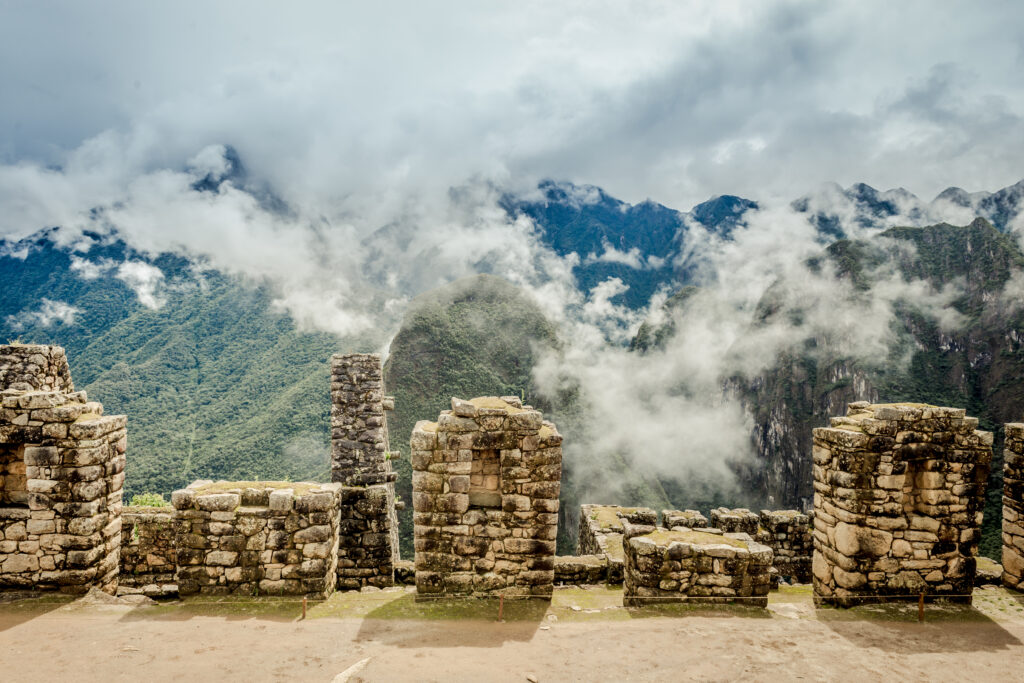
How to visit Machu Picchu via the Inca Trail
Hiking the Inca Trail to Machu Picchu is an adventure transcending mere sightseeing, offering a journey through time amidst breathtaking natural beauty. Adventurous travelers can choose from several trekking options. These include the classic Inca Trail, the rugged Salkantay route, or the opulent Mountain Lodges of Peru. Each path provides a distinct view of the region’s varied landscapes, from snow-capped mountains and lush, terraced fields to dense emerald forests.
The classic Inca Trail, a path steeped in history, leads trekkers across ancient stone paths past remote Incan ruins. Finally, you will pass through the Sun Gate for a dramatic first glimpse of Machu Picchu at sunrise. The journey, ranging from 1 to 12 days, is a physical challenge. It is also a spiritual and cultural pilgrimage, immersing hikers in the rich heritage of the Incas.
NOTE: Due to the trail’s popularity and to preserve its integrity, permits are limited and sell out quickly. You should book early to secure a spot.
Notes on timing & other considerations
When deciding how to visit Machu Picchu, a little preparation and awareness could benefit your trip. While the Inca Trail provides complete immersion in the experience, it also requires more time than the trip through Aquas Calientes. Some Inca Trail hikes can take up to 12 days. Peru is a big & beautiful country with much to see beyond Machu Picchu, so time will likely be a consideration for most visitors.
Given the site’s elevation of 2,450 meters (more than 8000′) and Cuzco’s even higher altitude of 3,400 meters (more than 11,150′), you should attempt to acclimate to the reduced oxygen levels. While most people experience only mild symptoms of altitude sickness, such as slight headaches or fatigue, these conditions can still affect your ability to engage in strenuous activities. Taking time to adjust upon arrival in Cuzco can significantly mitigate these effects.
Furthermore, timing your visit can greatly enhance your experience. The dry season from April to October offers the most favorable weather conditions for exploring Machu Picchu and the surrounding area. For those seeking a more tranquil experience, planning your trip outside these months is advisable.
Additionally, it’s important to note that the Inca Trail undergoes maintenance and is closed to visitors in February. It is a critical detail for hikers planning to trek this legendary path to the ancient city. Planning with these disclaimers ensures a more enjoyable and smoother journey to one of the world’s most iconic archaeological treasures.

